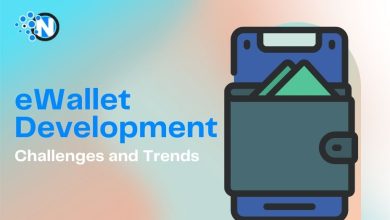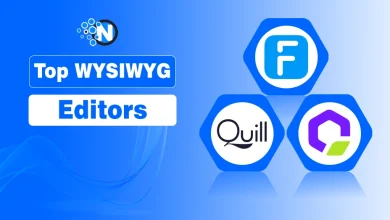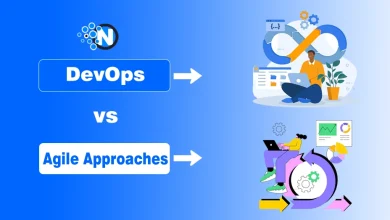How Laravel and Filament Are Changing the Dashboard Game

If you’ve ever worked behind the scenes of a digital product, a SaaS tool, a retail platform, or an internal business system, you’re probably familiar with the pain of a bad admin panel.
They’re often slow, confusing, visually outdated, and hard to maintain. While much effort is poured into the user-facing side of software, admin dashboards are usually built last and treated more like an afterthought than a core product feature.
But admin panels matter. And a new generation of tools is making it easier than ever to build dashboards that are fast, scalable, and user-friendly – without reinventing the wheel.
In this blog post, I will take a closer look at how Laravel and Filament are transforming the dashboard development landscape.

The Forgotten Interface: Why Admin Panels Are Often Terrible
The admin dashboard is where internal teams interact with product data, manage users, track performance, and keep operations running smoothly. But in most companies, it’s developed in the final stretch of a project, patched together quickly, and left with a clunky foundation.
This leads to:
- Rigid navigation and cluttered UIs
- Lack of clear permissions or access controls
- Maintenance-heavy codebases that are hard to extend
- Frustrated employees who avoid using them entirely
These issues compound over time, especially as businesses grow. Eventually, the dashboard starts holding the company back instead of pushing it forward.
A Better Way: Laravel + Filament
One framework combination, Laravel and Filament, is gaining traction among developers. Laravel is a widely-used PHP framework known for its clean syntax, rich ecosystem, and ease of use. Filament, on the other hand, is a Laravel-native admin panel builder that’s designed to help developers move fast while still building something robust and professional.
Rather than force developers to manually build every dashboard view and data interaction from scratch, Filament offers:
- A ready-to-use UI framework with modern styling
- Built-in support for CRUD operations
- Support for complex relationships and nested resources
- Widgets, filters, charts, and tables that are easily configurable
- Tight integration with Laravel’s authentication and authorization systems
- Developer productivity features like Livewire integration and custom theming
Most importantly, it allows teams to build interfaces that are useful – not just functional.
Filament in Practice: What Developers Are Actually Doing With It
Filament isn’t just a trend. It’s being used by professional development teams to create admin panels that scale with the product itself.
For example, some developers are using it to build:
- Multi-role admin systems for SaaS apps
- Inventory and order tracking dashboards for e-commerce stores
- Customer support tools and user audit logs
- Custom reporting interfaces for analytics teams
- Admin panels for API-driven products that need clean UIs for managing endpoints and configurations
Filament’s real advantage lies in its ability to let developers move quickly without sacrificing flexibility or quality. You can scaffold common features fast – and still customize every detail when needed.
From Internal Tool to Business Driver
One of the biggest misconceptions about admin dashboards is that they don’t require polish because they’re not customer-facing. In reality, a poor admin experience can slow down every department – customer support, logistics, marketing, and sales alike.
That means better dashboards aren’t just “nice to have” – they can directly impact:
- Operational efficiency
- Employee satisfaction and productivity
- Time-to-resolution for support tickets
- Ability to track metrics and make business decisions faster
When internal users have a dashboard that makes sense, they do better work. And better work drives business results.
A Word on Extensibility and Customization
Filament’s plugin ecosystem is another reason why developers continue to adopt it. For teams that frequently build admin panels, the ability to install or build custom plugins means significant time savings and better long-term scalability.
A good example is the need to organize dashboard widgets in a more structured, tabbed layout – a common request for data-heavy platforms. Rather than reinventing this functionality each time, a reusable plugin can solve the problem once and be reused across multiple projects.
This kind of modular thinking allows teams to keep their codebases clean, reduce tech debt, and standardize admin features across multiple systems.
Why Laravel Is a Natural Fit for Admin Panel Development
Laravel provides an ideal foundation for admin panels thanks to its focus on developer experience, clean architecture, and expansive tooling. From routing and middleware to database migrations and authentication, Laravel speeds up backend development without adding unnecessary complexity.
Pairing Laravel with Filament means developers can build internal tools with production-level polish, without the need for a massive frontend team or separate tech stack.
And because it’s PHP-based, it’s accessible to a wide range of development teams – including those modernizing legacy systems.
Conclusion: Admin Panels Can – and Should – Be Better
The admin interface is the brain of a digital platform. It’s where data is managed, users are supported, and decisions are made. Yet too often, it’s left underdeveloped and overcomplicated.
Thanks to modern frameworks like Laravel and admin toolkits like Filament, that no longer has to be the case.
With the right tools and a thoughtful development approach, teams can create admin panels that are clean, maintainable, and a joy to use – not just for engineers, but for everyone who depends on them.
For teams looking to build internal tools or admin interfaces that actually work for the business, Redberry offers a powerful path forward.




